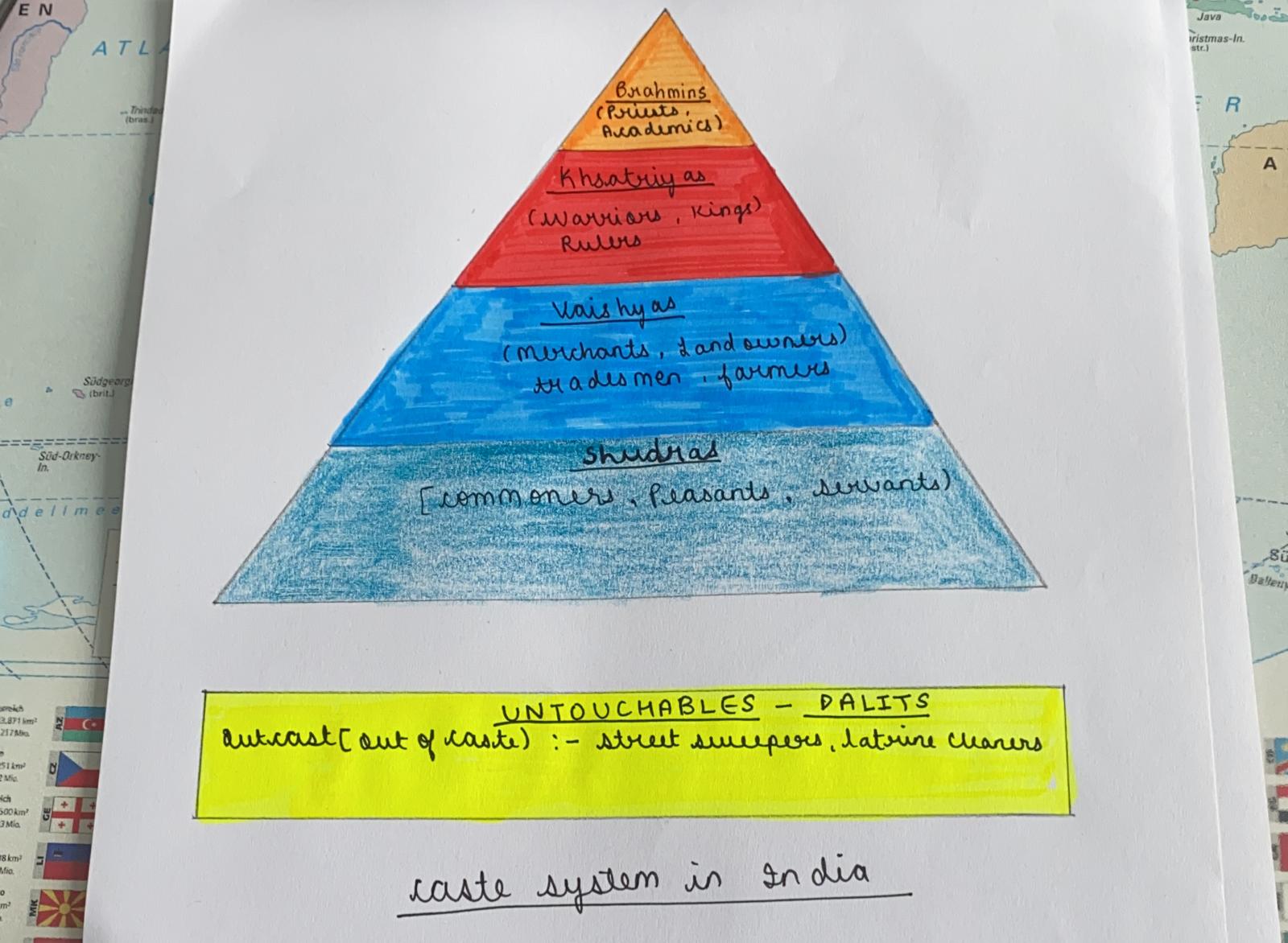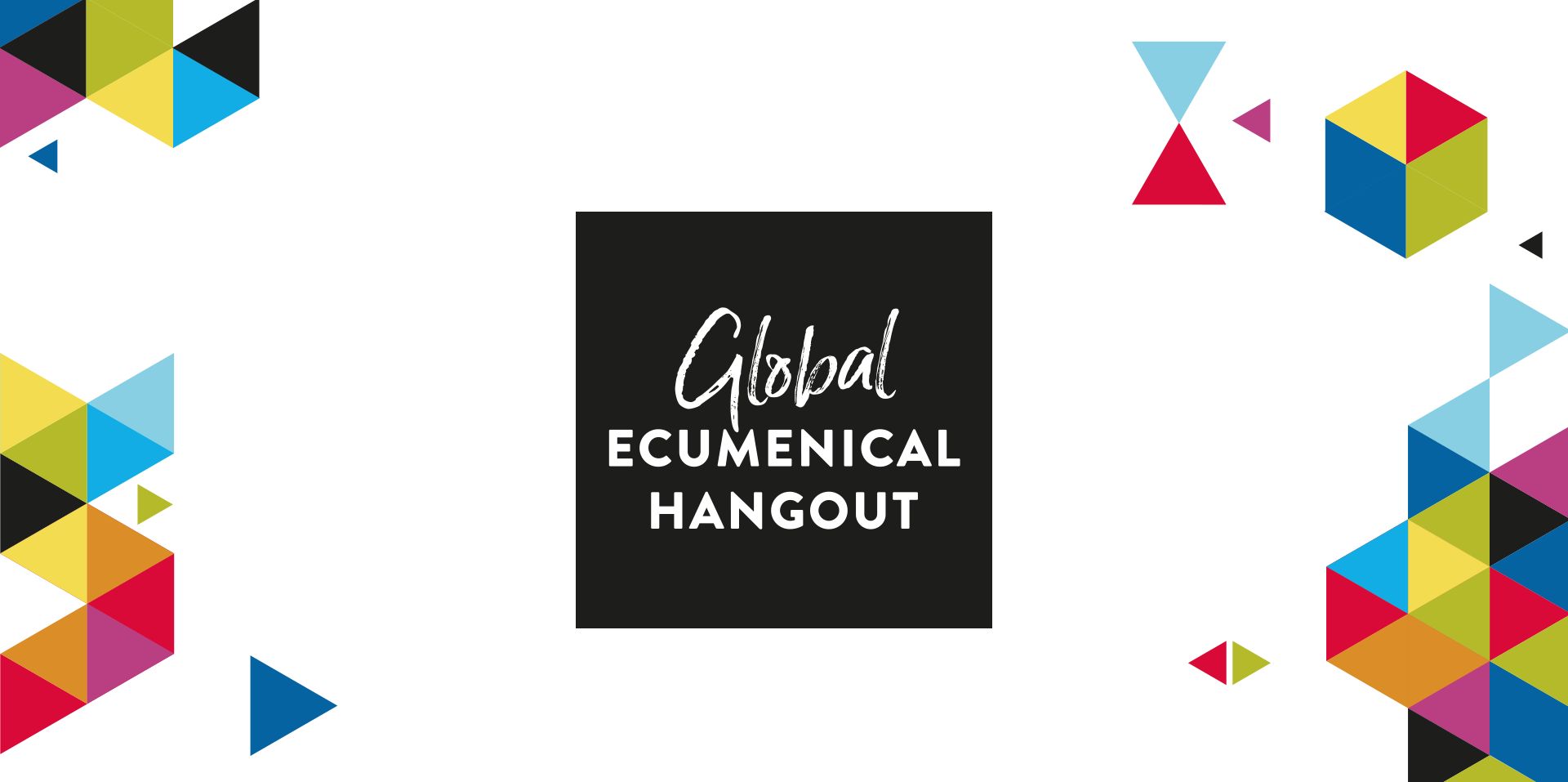by Carol from India,
After the summer break, global ecumenical hangout is back again. On 24/09/20, we had our 8th global ecumenical Hangout, the topic for this hangout was “Black lives matter”.
Rs. V Sukumar babu from Ecumenical Christian Centre in Bangalore (India), volunteered to present a presentation on “Black lives matter/ Dalits lives matter – Racism and Castism in India”. Well of course I had to participate in this hangout first of all because I love to participate, the discussion and conversations are really interesting and second reason was because it was about India. When it comes to India, I become very patriotic.
This hangout was moderated by “Hadje. C. Sadje” and “Christiana Biere”. In Sukumar’s presentation he connected the topic “black lives matter” to “Dalit lives matter”. He explained us how the cast system works in India and he also explained us that how different racism in India is as compared to the western countries. Now you may have a lot of questions such as who were “the Dalits” and why were they discriminated?
- Who are Dalits?
Dalits can be found across India (as well as in other south Asian countries, and south Asian communities across the world). Of the 1.2 billion people in India, it is estimated that 300 million are Dalits. Many of them have felt marginalized, excluded or even oppressed. Some have found their access to education, healthcare and justice restricted or denied. As a result, many live-in extreme poverty. This makes them exceptionally vulnerable to human trafficking, modern slavery and other kinds of exploitation.
Dalit comes from an ancient word meaning ‘broken’, ‘crushed’ or ‘ground’. In some areas, Dalits are still viewed as subhuman and are treated like dirt: “it would have been better if they had never been born” is said by most of the people. They often have the most degrading, demeaning jobs because of their position in society.
- How did this start?
Such inequality is one of the consequences of the caste system, around which Indian society has traditionally been structured. In effect it creates a hierarchy.
(First): – Brahmins – the priests – are the highest caste;
(Second): – then Kshatriyas – warriors or ruling class;
(Third): – followed by Vaishyas – the merchants and artisans,
(Fourth): – and finally the Shudras – unskilled laborers.
Then comes the outcastes, who are not involved in any of the casts – they are called as Untouchable, Adivasis, Dalits.
Within each caste (also called varna) there are many subcastes. Traditionally, caste determined your ritual purity, your work or role, as well as who you can marry, and with whom you associate.
The 300 million outcastes, who fall outside the caste system and are sometimes referred to generically as “Dalits”. Dalits were considered so unclean in ritual terms that some people feared being contaminated and made unclean through direct or even indirect contact. Hence Dalits were once known as “untouchables”.
Discrimination on the basis of caste is outlawed, but it persists, particularly in some rural areas. For example, Dalits may still be prevented from entering particular public parks, restaurants and temples. Some are attacked or abused simply because they are Dalits. It is estimated that a crime is committed against a Dalit every 18 minutes. For many, the circumstances are grim.
- What are the initiatives taken by the Indian Government?
The Indian government has started to take initiatives such as “Education for all” and “a system that reserves a proportion of civil service jobs and higher education places for scheduled castes”. This is similar to Affirmative Action in the United States. The government also introduced a law to prevent atrocities against Dalits and Adivasis. There is some evidence of change particularly among the younger generation in cities, but there is still a long way to go.
Well after a very brilliant presentation by Sukumar we all were sent into small breakout room, where we had to discuss about this presentation. I was in a group with one of the moderator Hadje and Tom. I was together with Jenny at that time so in total we were 4 people in this small discussion group.
Honestly speaking this was one of the most interesting hangouts that I have ever attended. I was so moved and touched by this presentation. Being an Indian I realised my parts, my duties and my responsibilities towards my country. I felt this burden on my shoulders, a good burden which motivated me to find solutions towards this problem. I was researching about it for several days until now, I have been asking my “Hindu friends” about their caste system and how is it for them to be a part of this system. Because I feel like Christianity is like a privilege to me, due to which I was never involved in this system, I would consider myself very fortunate but when I contemplate about it, I realise that my friends who belong to “Dalit category” they basically had no choice because once you are born in your respective caste you can never change it.
I always wanted to make this world a better place to live in and hence I used to always support people who were against racism. This hangout was like an eye opener for me, it made me realise that I should start changing the thought of my close people first, then my society and then the world. What do you think about this shade of racism in India? Please let us know if you want to know more about it.




Hinterlasse einen Kommentar